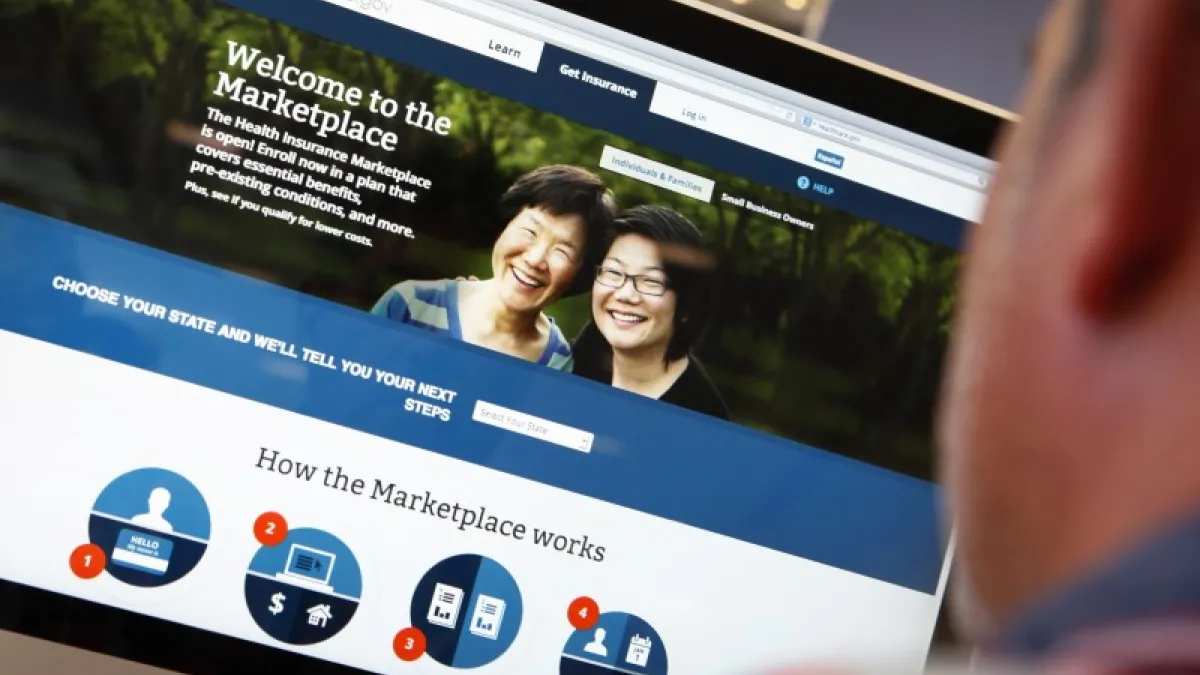
Insurers who provide coverage through the federal exchanges established by the Affordable Care Act are seeking sharp increases in premiums next year, in part due to changes in policy enacted by President Trump and Republicans in Congress, according to a new analysis by the KFF, a healthcare foundation.
Initial data covering 105 insurers in 19 states and the District of Columbia indicate that rate hikes requested by Obamacare insurers average 15%, and more than a quarter of insurers are seeking increases of 20% or more. If enacted, they would be the largest increases since 2018, during the first Trump administration.
Insurance premiums go up just about every year, driven by the ever-rising cost of medical care. But in 2026, there are several other factors in play. Most significantly, enhanced tax credits for premiums created by the American Rescue Plan Act in 2021 will expire at the end of 2025, and experts think that could increase out-of-pocket premium costs by 75% on average. As a result, some percentage of healthier participants will likely drop out of the program, producing a less healthy patient pool that will drive up costs. Analysts estimate that the expiration of enhanced tax credits will increase rates by about 4%.
Additionally, Trump’s higher tariffs — he has threatened to impose a 200% levy on drug imports, for example — can be expected to increase the cost of healthcare next year. Analysts estimate that the threat of higher tariffs, which could push up prices for all kinds of medical products, is responsible for a 3% increase in premiums.
Another factor is a new “Marketplace Integrity and Affordability Final Rule” issued by the Centers for Medicare & Medicaid Services. The rule creates new, stricter standards for marketplace participants, and is expected to reduce enrollment. The rule was issued just last month, though, so it’s not yet clear how it might affect premiums, though it has already amplified overall uncertainty.
The politics of healthcare: The enhanced premium tax credits, signed into law by former President Joe Biden, helped push participation to record levels, with about 24 million people receiving health coverage through the ACA this year. Democrats extended the enhanced premiums, which were originally intended to boost coverage during the Covid-19 pandemic, and had hoped to make them permanent. But Republicans refused to include another extension in their “big beautiful bill” Trump signed into law earlier this month. A permanent extension would cost about $335 billion over 10 years, according to an estimate by the Congressional Budget Office.
Julie Appleby of KFF Health News said the expiration of the more generous subsidies could come as a shock to millions of current Obamacare participants. “Most enrollees will be on the hook to pay a larger share of their premiums as assistance from federal tax credits declines,” she wrote Friday. “Secondly, people whose household income exceeds four times the federal poverty level — $84,600 for a couple or $128,600 for a family of four this year — won’t get any subsidies at all.”
Policyholders will learn just how big the increases in premiums are later this year, with the enrollment period for 2026 starting on November 1.